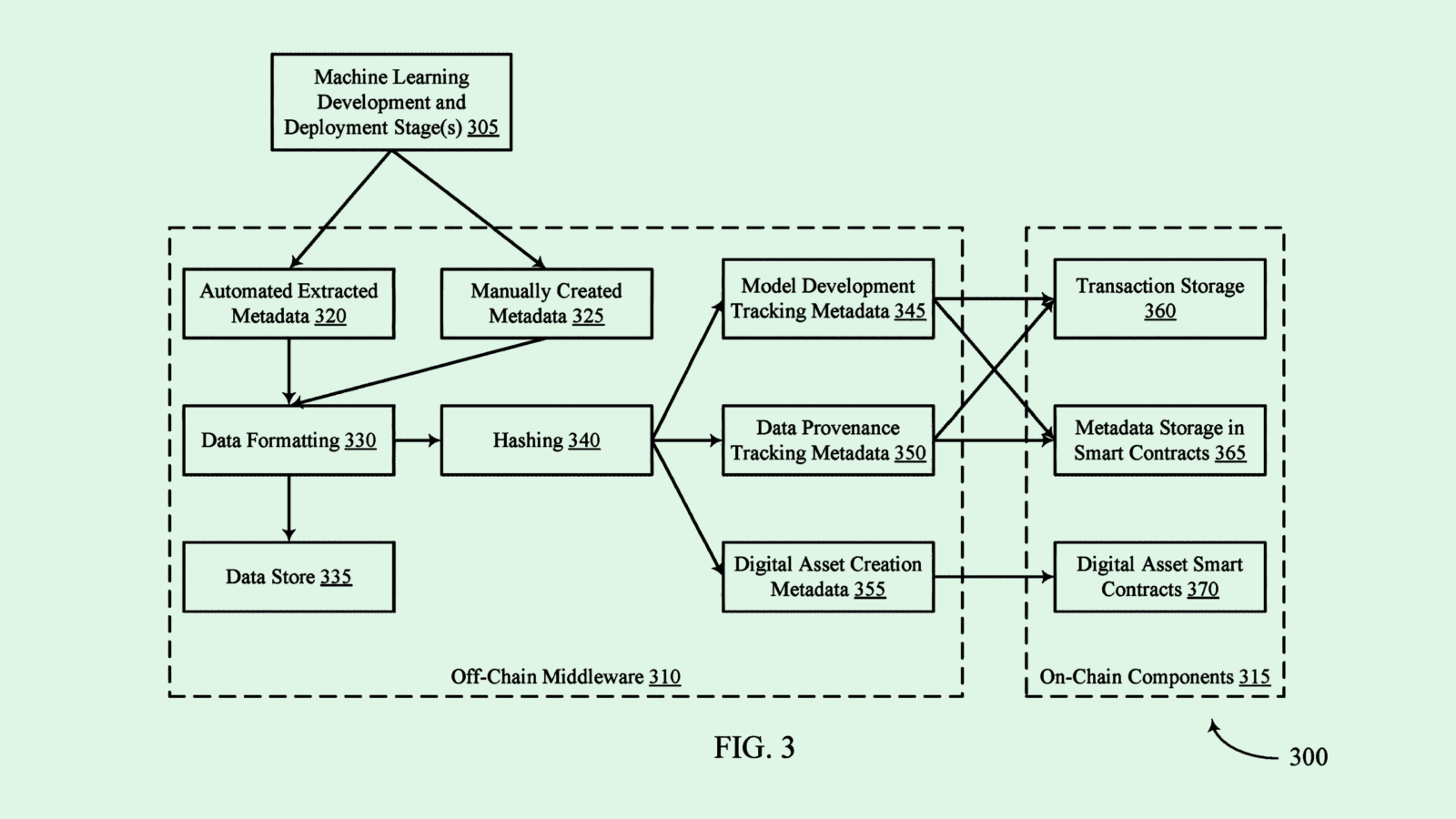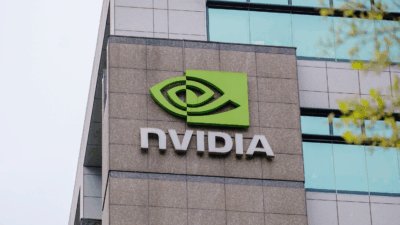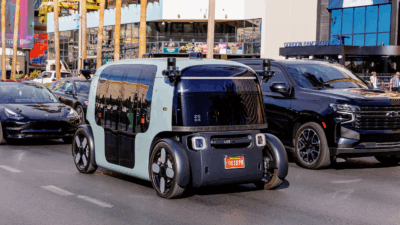
Sign up for smart news, insights, and analysis on the biggest financial stories of the day.
Earlier this summer, Amazon beat out Walmart to become the world’s largest retailer. All it took was three decades and a worldwide pandemic that shifted e-commerce adoption into lightspeed.
Next up? The tech giant could be angling for the title of world’s biggest media company — its latest move, announced Tuesday, brings Amazon’s palm scanning retail technology to the world of live concerts.
Give a Hand for The Band
Bringing new meaning to the term “give a hand,” Amazon introduced its palm-recognition technology, Amazon One, to Denver’s famed Red Rocks Amphitheatre. Concertgoers can now create a ticketing account with the venue and enter shows with the swipe of the hand.
It’s the first time the tech is being used outside of Amazon’s stores, where shoppers can pay for groceries by swiping their palms, and will be rolled out in more venues through a partnership with entertainment giant AEG. Amazon hopes scanning technology will one day rival contactless cards and QR codes, but so far adoption has been muted. Users are in the “tens of thousands” and the company even started offering people $10 in credit to sign up.
Lord of the Bling: Hands or no hands, the spring to entertainment venues is no surprise. On Tuesday, Amazon’s new CEO Andy Jassy declared “it’s still early days for us in media.” That’s something, because the company is already throwing a lot of weight around:
- Amazon spent $11 billion on streaming video and music content in 2020, up from $7.8 billion in 2019. Its upcoming Lord of the Rings adaptation, the first season of which will cost $465 million, is looking like the most expensive television show ever.
- The company is increasingly buying up live sports rights, including some MLB, NFL, and English Premier League soccer games. It’s currently in talks to acquire broadcasting rights for the NFL’s “Sunday Ticket” — which could cost $2.5 billion per year.
Back to Basics: Nascent media empire aside, Amazon still has its eyes on what butters its bread: on Tuesday the company said it’ll hire 125,000 employees to staff its massive network of fulfillment centers and airport hubs.











